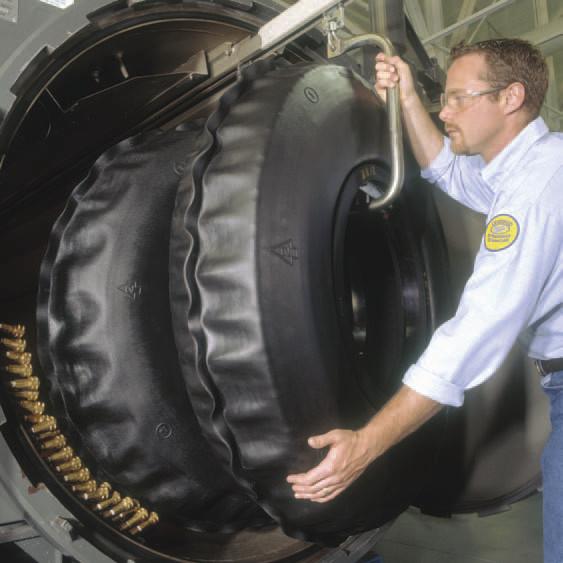KEY TAKEAWAYS
Retread tires, also known as “recap tires” or “remolded tires,” are a great way to get more out of one of your fleet’s most important investments. Retread tires go through a rigorous remanufacturing process to extend the lifespan of a casing with all-new tread.
These days, high quality radial commercial truck tires are designed with future retreading in mind. Intact casings in good condition can be rejuvenated with fresh tread at least once, if not multiple times in many cases. Put simply, the process consists of removing old tread fragments and repairing any damage, resurfacing the tire, then affixing an all-new layer of tread to the casing.
Retreading is such a successful way of managing fleet tires and truck tires that nearly half of all North American replacement truck tires are retreads. Cutting edge retread techniques and tread patterns help commercial tires get a fresh start and stand up to all the same demands as new tires.
Retread tools, processes and manufacturing methods continually evolve and improve over time, and retread tires are safer and more effective than ever. You can rest assured that retread tires have strong structural integrity with new tread molded over existing, well-maintained tire casings.
Bandag’s thorough 10-step process for tire retreading ensures the highest quality recap you can trust. We use human expertise and technology throughout the retread cycle to meet our exceptionally high standards and ensure long-lasting, quality performance of your retread tires.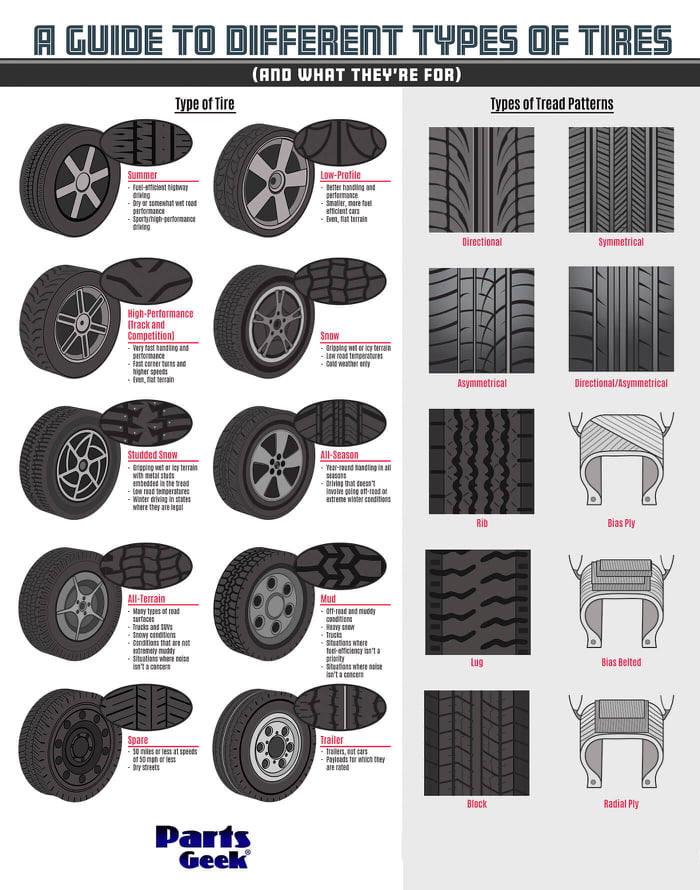 Here’s a summary of how our retread process works - click here to view all 10 steps in detail, including photos and videos.
Here’s a summary of how our retread process works - click here to view all 10 steps in detail, including photos and videos.
1. Tire Inspection
Trained and qualified Bandag specialists perform a thorough hands-on inspection of every part of the tire to identify any visible injuries. We follow that with an electrical inspection that uses technology to examine the crown and sidewall for issues that may not be visible to the naked eye. We also use shearography - laser technology to assess material quality and do non-destructive strain testing. This can identify any anomalies, embedded debris, and other non-visible damage. We only proceed with safe and structurally sound tire casings for retread.
2. Buff & Repair
We inflate the casing to its operational shape, remove any worn tread surface, and true up the roundness of the tire, which reveals the undertread and readies the surface for next steps.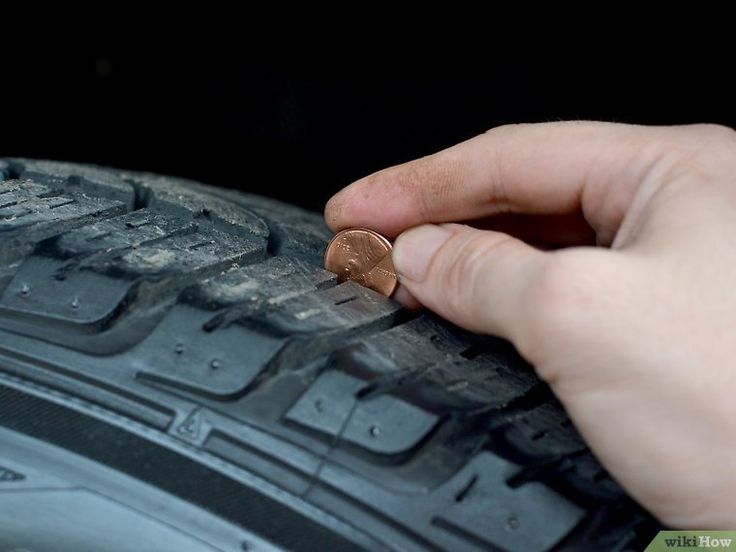 At this stage, we also remove any damaged tire material and make any necessary repairs to get the tire casing into optimal condition.
At this stage, we also remove any damaged tire material and make any necessary repairs to get the tire casing into optimal condition.
3. Cushion & Build
Next, we apply cushion - an uncured bonding layer - onto the casing surface. We carefully apply new tread to be perfectly straight and centered on the tire casing on the freshly buffed surface.
4. Envelop & Cure
The retread tire is fully assembled now, but it needs to be wrapped and cured to permanently secure the new tread to the bonding layer.
5.Final Inspection
That’s right, we go through the inspection stage again! We repeat the process to ensure the retread tire meets every one of our quality specifications. Your newly retreaded tire must provide better grip, reliability and top-grade tire performance.
There are many benefits to retread a tire. Commercial retread tires look and act like new tires, but at a far lower cost, and with economic, environmental and efficiency benefits to boot.
Commercial retread tires look and act like new tires, but at a far lower cost, and with economic, environmental and efficiency benefits to boot.
Tires are the leading maintenance cost of commercial vehicles. Tires are also second only to fuel when it comes to fleet expenses. Both maintenance and fuel expenses can benefit from a retread program.
Of the numerous benefits of retread tires, the most impactful may be the cost savings for your fleet. According to a report from Robert Handfield, Ph.D. at North Carolina State University, a retread strategy can improve your fleet’s metrics like cost-per-mile, cost-per-load and cost-per-vehicle, among others. The commercial and military aircraft industries save an estimated $100 million per year, and the trucking industry saves another estimated $3 billion per year thanks to retreaded tires, according to the Tire Retread & Repair Information Bureau.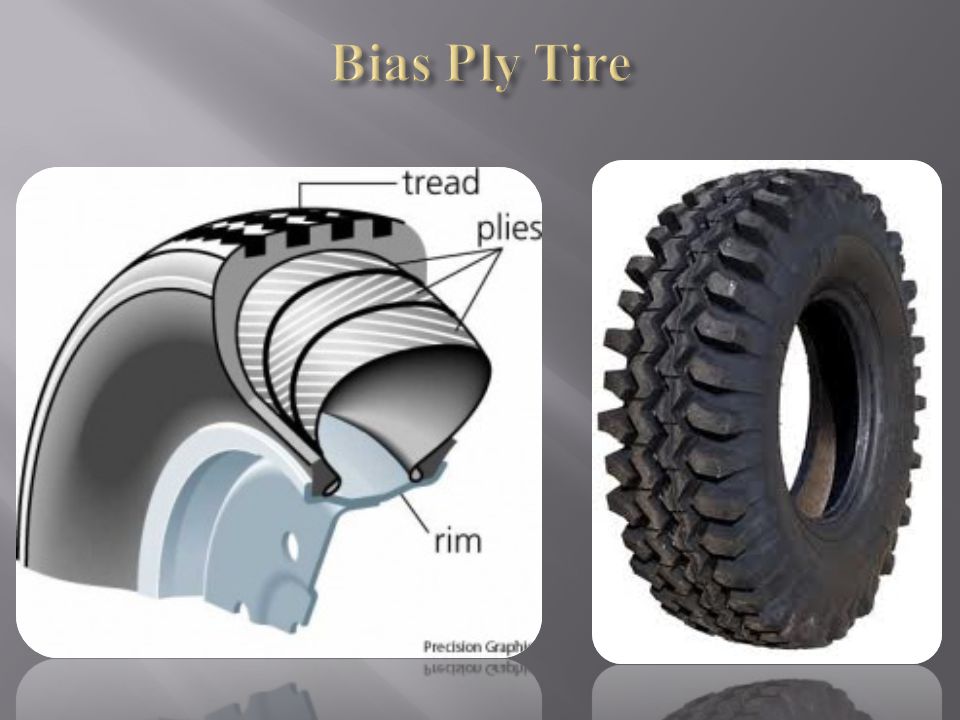
The bulk of the cost of new tires comes from the tire casing, so replacing just the tread that meets the road makes up only a small percentage of the cost of a new tire. According to the 2005 book, “Managing Closed-Loop Supply Chains", retreaded tires preserve about 90% of the tires “perfectly good material” as well as selling for about 30 to 50 percent of the comparable new tire price. Between the immediate cost savings and the life extension from retreading a tire one or more times, you can reduce the cost of a tire by one-half to two-thirds. (Calculate your own potential cost savings from retread here.)
The EPA recognizes low rolling resistance (LRR) retread tires as fuel efficient tires. In a recent study conducted by Bandag, Josh Abel, Ph.D, reports tread rubber contributes up to 35% to 50% of tire rolling resistance. Tire retreading decreases that rolling resistance, which in turn reduces fuel costs and drives serious savings for your fleet.
A 2016 Ernst & Young study showed that retreading reduces carbon emissions, natural resource extraction, water consumption, air pollution, and land use.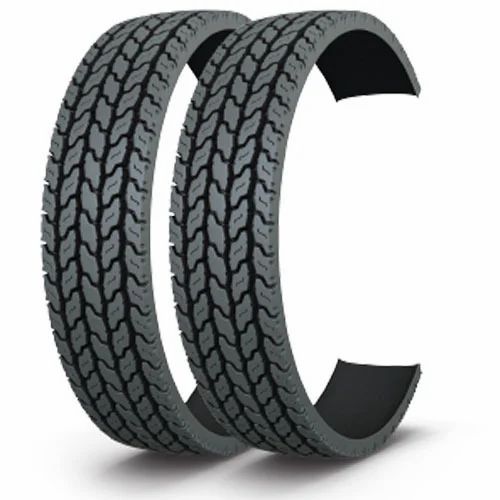
When tires have reached the end of their lives, they typically wind up in landfills. But the retread process helps extend the life of tire rubber and keeps it out of landfills longer. To date, Bandag has kept more than 300 million tires out of landfills since we started retreading in 1957.
According to the NHTSA Commercial Medium Tire Debris Study, each retread tire uses 30% less energy and 15 fewer gallons of oil to manufacture than a new tire. That means the average retread tire takes only 7 gallons of oil to produce, while a new tire takes as much as 22 gallons.
A tire retread can buff an average of more than 12 pounds of rubber off of each tire - or nearly 90,000 tons of truck tire rubber every year. That rubber can be recycled and take on new life as playground surfaces, rubber mats, and rubber mulch, among other up-cycles.
That rubber can be recycled and take on new life as playground surfaces, rubber mats, and rubber mulch, among other up-cycles.
Learn more about how Bandag makes a sustainable difference here.
The retread process is better than ever, and retread tires last as long - if not longer - than brand new tires. They perform just like new tires but for a portion of the cost.
With proper tire maintenance, a quality retread job can add mileage to your tires on par with most brand new tires. With proper inflation to avoid heat build-up and normal preventive maintenance measures, some estimates suggest a retread can add more than half a million miles to your tires.
With every tire retread, you extend the life of your commercial tires and lower your fleet costs. Now that you know all about the construction and benefits of retread tires, you can join the countless enterprise truck fleets, military vehicles, firehouses and ambulances, on-road endurance and off-road rugged race competitors, and even airlines that take advantage of the many benefits of retread tires.
DOWNLOAD OUR SUSTAINABILITY PDF
< THE BANDAG DIFFERENCE
KEY TAKEAWAYS
Retread tires, sometimes known as recap tires or remolded tires, have undergone a remanufacturing process to replace the worn tread on used tires with new tread to help extend the life of the tire. Retreads account for nearly one-half of all replacement tires in the North American truck tire market. They can be used on all Drive and Trailer positions as well as on steer positions in non-passenger transport vehicles.
Whether you retread your own tire casings or purchase them from a dealer, using retreads has a few notable benefits.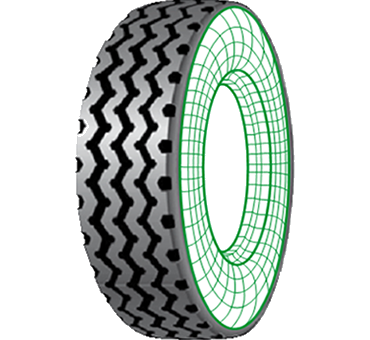 Retreading tires is economical and environmentally friendly. Plus, retread tire quality is now better than ever.
Retreading tires is economical and environmentally friendly. Plus, retread tire quality is now better than ever.
Retread tires perform like new tires, but for a fraction of the cost. Retreads sell for about 30 to 50 percent of the comparable new tire price — a significant savings for fleets. And if you're looking to save on retread fuel efficiency, choose the Bandag FuelTech line of tires. SmartWay verified FuelTech retread products are among the lowest rolling resistance retreads available, with fuel efficiency benefits that meet or exceed many new tires.
Producing Bandag retread tires uses 30 percent less energy and 15 fewer gallons of oil compared to new tires. We retread more than 800 tires per hour at Bandag, keeping about 7 million tires out of the waste system per year — that's approximately 300 million tires since our formation in 1957.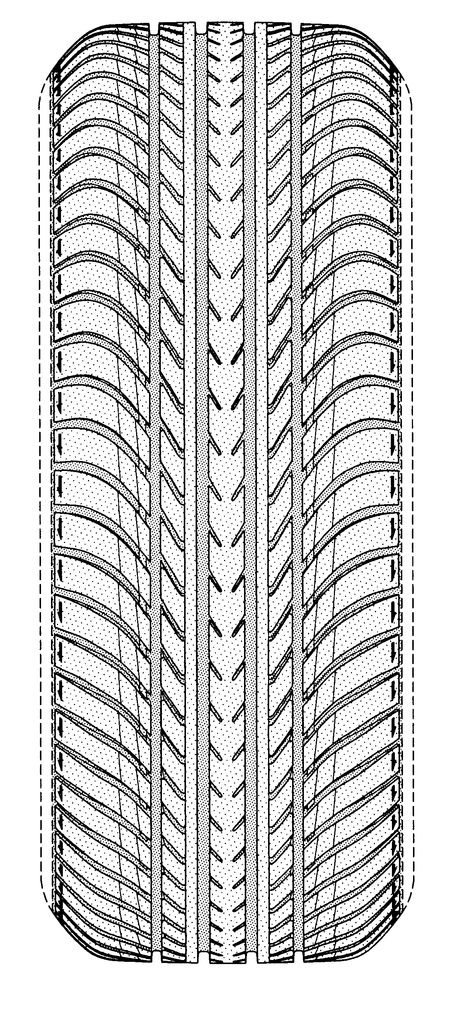
Along with retread tire benefits, there are also retread tire myths and untruths. You may have heard myths about the quality, reliability, and longevity of recapped tires, asking questions like "Are retread tires safe?" or "How are retread tires made?" With new tire retreading tools and manufacturing methods, retread tires have improved significantly in recent years and are a viable option for fleet tires, truck tires, airline tires, and more. To get an idea of how retread tires have improved, take a look at a few common myths and reconsider the facts for yourself.
Myth #1 - Retread Tires Aren't Safe
Some people think that retread tires don't have proper structural integrity because new tread is molded over used tire casings. But casings on properly maintained tires don't experience the level of wear that tread does, so it's perfectly safe to retread the casings to extend their life.
Myth #2 - Remolded Tires Are Ugly
The appearance of a finished remolded tire has a lot to do with the skill and thoroughness of the retreader. That’s why truckers choose high-performance retread truck tires, like Bandag, that have the quality looks of a new tire.
Myth #3 - Only New Will Do
For some, tire newness is important. However, for the budget-conscious or environmentally conscious fleet manager, retread tires are a good choice and last as long as most new tires. You can expect today’s new breed of Bandag retreads to perform equal to, if not better than, a quality new tire. And they’ll certainly outperform a cheap one.
Myth #4 - Retread Tires Get Bad Mileage
A quality retread delivers mileage on par with many new tires. Just as new tire mileage varies widely, so does recap tire mileage. The variation is attributed to a complex mix of tread compounding, tread weight, tread design and casing structure. But remember that proper tire maintenance is key to efficient mileage.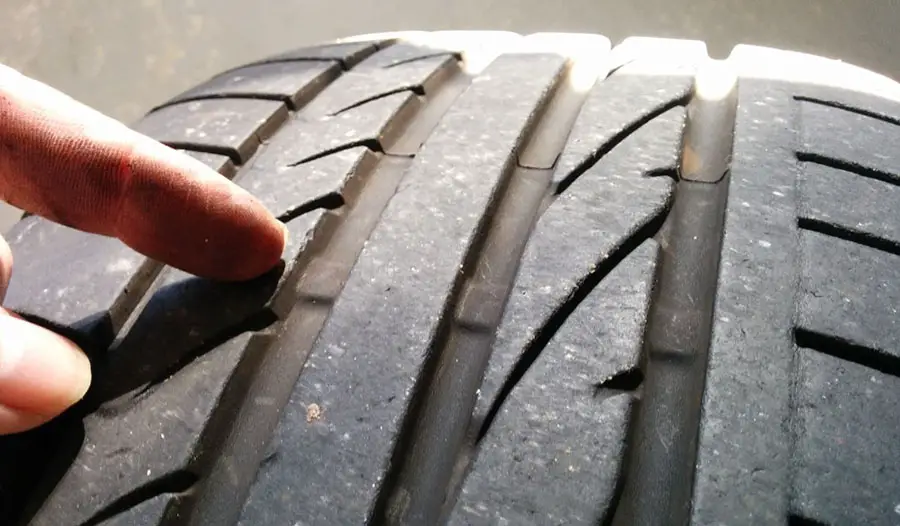
Myth #5 - Heat Kills Retread Tires
Heat can ruin any tire, new or not. In most cases, heat buildup is due to under-inflation. That’s why proper inflation is so important, no matter what kind of tire you’re running.
It doesn’t take a genius to understand the benefits of retread tires. It’s basic math. Retreads are better on your budget. They’re better for the environment. And they’re better for your business, because they keep your trucks rolling. It all adds up to a smarter tire solution. Use our Savings Calculator to see just how much you could save using retread tires or, if you're ready to buy, find a Bandag dealer near you.
Having a profile lets you save preferred tires, technology, services and dealerships. Enjoy access to exclusive offers and easy login to all Bridgestone Commercial websites.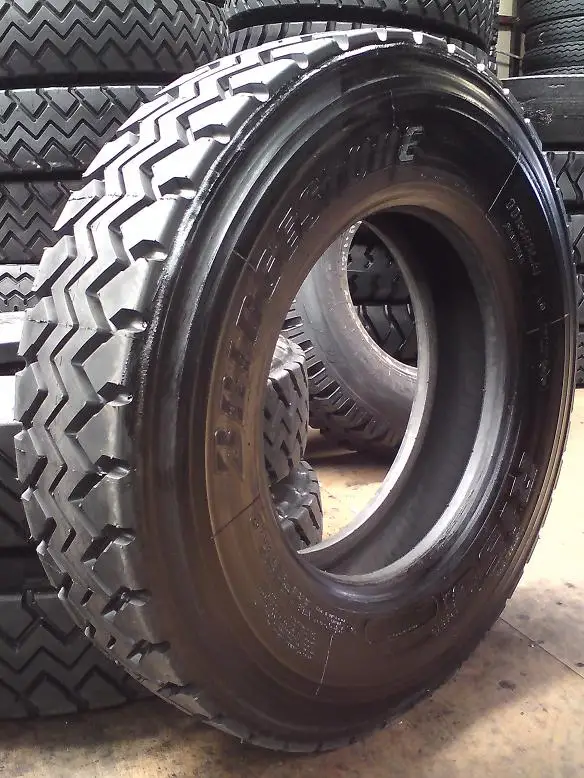
Create a Profile
Get the most of out of this visit to Bridgestone Commercial by signing in now.
Password
Forgot Your Password
Recipient Email Address
Press "Enter/Return" or "Space" key to validate your email. Only valid emails can be added. You can share with multiple people.
Subject
Message
Optional
Send a copy to sender's email address
This site uses cookies to enhance your user experience. By continuing to browse our website, you agree to use these cookies. For more information on what cookies we use and how to manage these cookies please visit our Privacy policy
OK
In one of the previous articles, we talked about how to properly dispose of car tires. This is indeed a very serious problem, because the number of discarded but not properly disposed of tires in Russia is measured in millions of tons. Another opportunity to reduce environmental damage is the retreading of used tires.
Another opportunity to reduce environmental damage is the retreading of used tires.
The idea of extending the life of car tires dates back to the last century. Always and at all times, zealous car owners wanted more resource from tires. The most widespread are two technologies - the replacement of the tread tape and the so-called recutting of the tread (regruving). Those who remember the times of the USSR are probably familiar with the latest technology - during the years of total shortage it was a popular way to extend the life of tires, including cars. Of course, this happened with varying success - for example, retreaded tires could explode while driving due to the destruction of the cord.
The second technology is the so-called welding, that is, the replacement of the tread tape with a new one, using a cold or hot method. Currently, this is the most popular method of tire retreading, which, however, has a number of limitations. Let's look at each technology in turn.
To begin with, the most important thing. Car tire carcasses are not designed to be reused, so they cannot be restored in any way! Everything that will be said about retreading applies only to "commercial" tires for trucks, construction equipment and buses. These tires have a strong all-metal carcass that can withstand much more than the tread, as well as a special design designed for two to three times recovery.
First, let's talk about regrooving the tread, or, as it is also called, regrowing. This is a procedure for deepening the tread with a hand-held cutting tool. Of course, this can not be done with any tires, but only with those that have the Regroovable marking.
Image: Yokohama
In such cases, the design of the tire implies an additional layer of rubber at the base of the tread, which allows you to deepen the pattern by about 3 millimeters, thereby “winning” another 35-40 thousand mileage. The optimal moment for recovery is tread wear up to 3 mm.
The optimal moment for recovery is tread wear up to 3 mm.
This retreading method is considered to be the most inexpensive - spending only 3-5% of the cost of a new tire on regrooving, you can get another 20-30% of the original resource.
Regrowing also has disadvantages. The success of the operation depends entirely on the quality of the framework and the skill of the specialist performing the recutting. Some tire brands allow multiple regrooving for certain models, but after that, the tread must still be replaced. In addition, in a number of countries, the installation of "undercut" tires on the front axles of buses is prohibited at the legislative level.
Retreading, or changing the tread band, is the most common way to retread truck tires, allowing them to recover at least 50-60% of their original life. Retreaded tires are widely used in all world markets, for example, in Europe they account for more than half of total sales.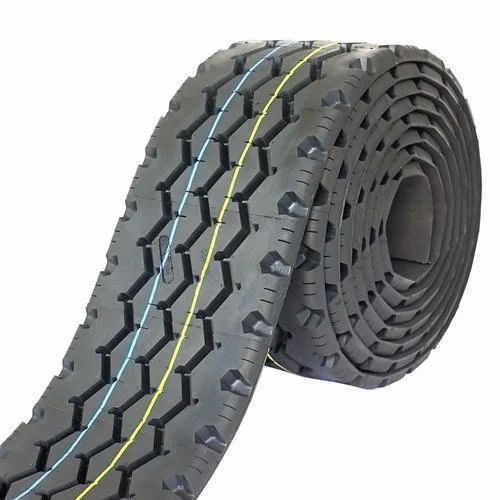
Given the high quality of the tire carcass, welding can be performed repeatedly, increasing the tire life up to 450-500 thousand kilometers. Hardfacing can be cold or hot. Let's analyze the differences between these technologies.
When retreading car tires in small factories, the cold method is most often used.
Image: GoodYear
It looks like this. The worn tire is placed in a special machine, where the tread layer is removed from it with a cutter. The breaker layer is carefully inspected for defects, which are repaired using pneumatic tools. The next stage is extrusion, in which the breaker is covered with a layer of raw rubber covering all defects. After that - another layer of raw rubber.
Images: Nokian Tires
Next, the tread tape is applied to the tire. As a rule, all major tire manufacturers produce such tapes, for example, Nokian Tires calls such treads Noktop and E-Tread. An interesting feature of the Noktop tread is the two-layer structure.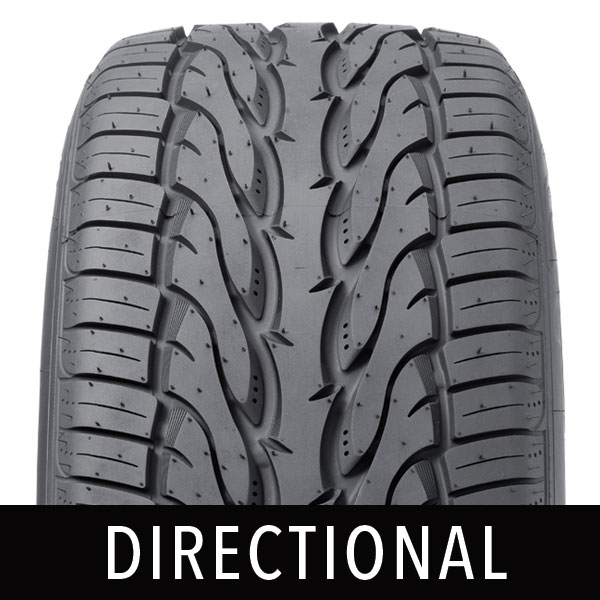 A softer top layer provides improved traction in winter. By spring, it wears off, revealing a more rigid tread, optimal for use at positive temperatures.
A softer top layer provides improved traction in winter. By spring, it wears off, revealing a more rigid tread, optimal for use at positive temperatures.
The assembled tire is placed in a so-called envelope, from which the air is evacuated. Next, the tires are placed in an autoclave, where, at a pressure of about 4 atmospheres at a temperature of 110 degrees Celsius, the vulcanization process takes place. As a result, the tread is tightly connected to the tire carcass.
The second technology - hot vulcanization - is distinguished by the highest quality of recovery, but due to its high cost and energy consumption, it is used only in large-scale industries.
Image: GoodYear
Hot welding is performed at 180 degrees Celsius and its main difference from the cold process is that a large layer of raw rubber (including sidewalls) is applied to the prepared carcass and then vulcanized with a press -shape on the tire is formed tread pattern - just like when creating a new tire.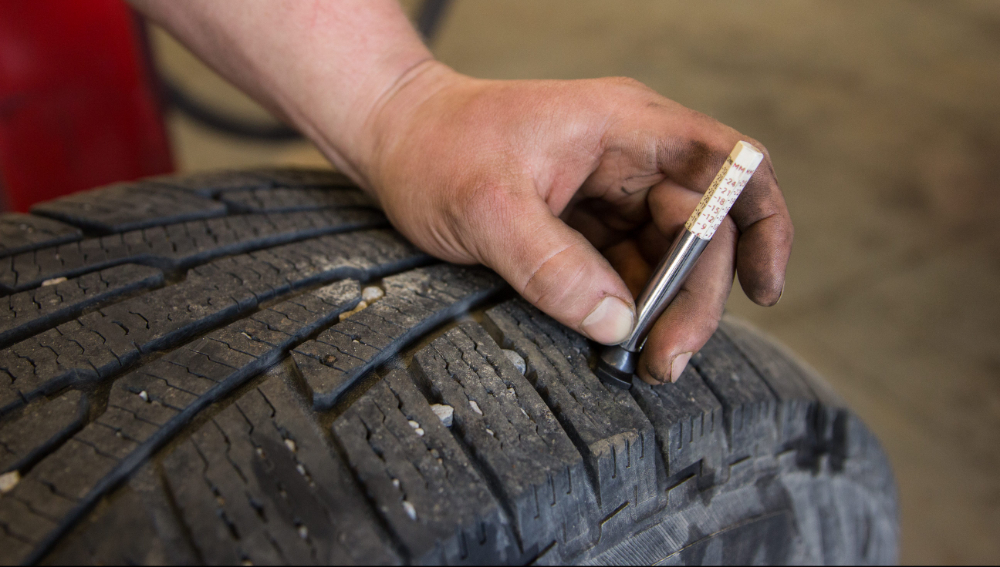
For example, GoodYear has this technology called TreadMax or Next Tread. Technology means not only the tape itself, but also special equipment complete with technological maps.
Hot retread tires are more expensive than cold retread tyres, but their quality and service life are higher.
Modern technologies really make it possible to provide high-quality and even repeated retreading of truck and commercial car tires. But restoration is different for restoration - an artisanal procedure, performed in violation of technology, can lead to the separation of the tread tape and the destruction of the tire carcass while driving.
That's why, when choosing retreaded tires, contact only certified suppliers who work according to official factory technology and comply with all necessary quality standards. Buying “nameless” retread tires can be too expensive!
Not all drivers know what “welded tires” are.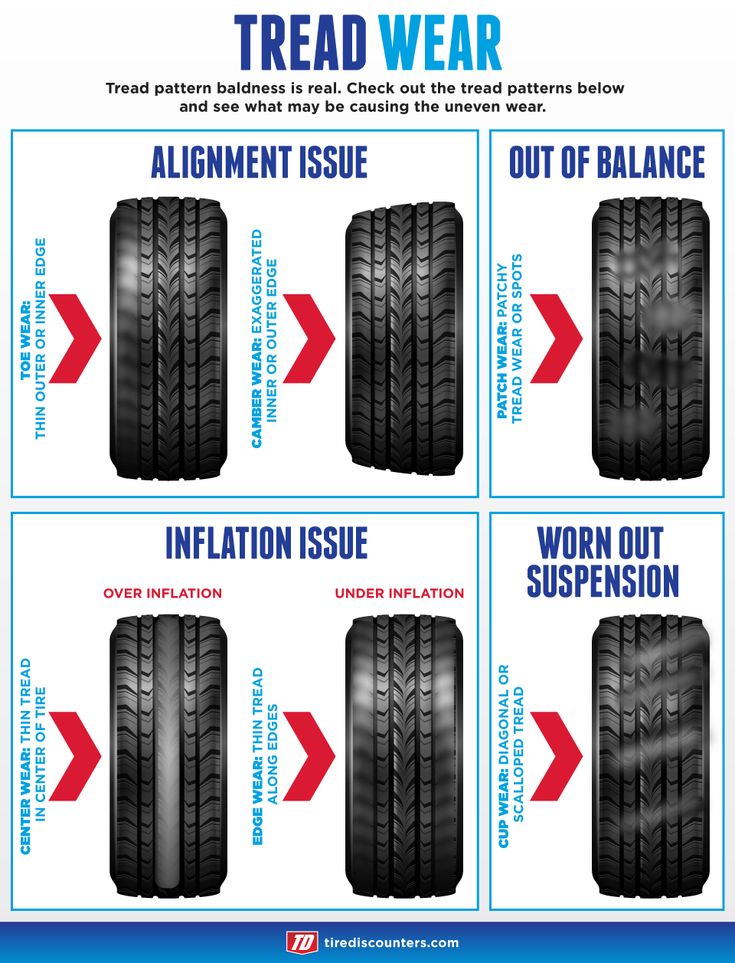 This term, which implies the partial restoration of worn-out tires, has practically gone into oblivion. First of all, this concerns the owners of passenger cars, since for tires oriented to trucks, retreading can still be quite relevant. Remanufactured rubber is becoming rarer for the simple reason that today the market offers a variety of car tires, in the widest price range. Instead of spending time, effort and money on tread welding, you can simply choose a budget option that will last much longer.
This term, which implies the partial restoration of worn-out tires, has practically gone into oblivion. First of all, this concerns the owners of passenger cars, since for tires oriented to trucks, retreading can still be quite relevant. Remanufactured rubber is becoming rarer for the simple reason that today the market offers a variety of car tires, in the widest price range. Instead of spending time, effort and money on tread welding, you can simply choose a budget option that will last much longer.
Contents of the article :
Companies that specialize in worn tread restoration still thrive in many countries. This means that such products are still in demand, and retread tires are on the market. So why are retreaded tires attractive? When is such a purchase justified? And how does fusion work in general? Let's figure it out.
First of all, it should be clear that retreaded tires are tires whose worn tread has been welded on with a new layer. Immediately, we note that in this way only the upper layer of the tread is restored, while tires with worn-out sidewalls are not suitable for such restoration in 90% of cases.
During welding, the tread pattern changes, but the changes do not affect the belt, carcass, or other load-bearing elements of the tire structure. In fact, this is a redecoration of a tire, in which similar protectors can be welded onto products of any manufacturer. At the same time, no one guarantees a complete coincidence of the obtained characteristics in two, outwardly identical, retreaded tires. Therefore, installing them on one axle, there is a risk that, in addition to reduced (compared to new tires) characteristics, welded tires will most likely have different weight and stiffness, as well as other parameters, for example, temperature operation.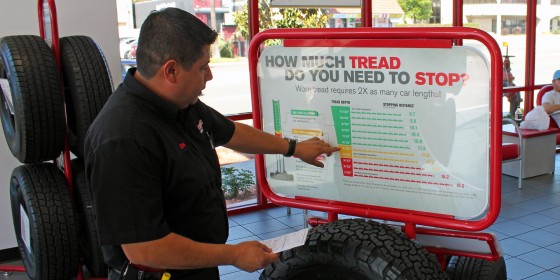
It is absolutely clear that the quality of welded tires can vary significantly. It's one thing when the restoration work is done by the manufacturer, it's another thing if "amateurs" did it. The easiest way to distinguish restored rubber is by the sidewall, which is usually not restored, and therefore scuffs and microcracks are noticeable on it. As for the branded welding, here the companies put the corresponding inscriptions on the product:
If there is no such marker on the surface of the wheel, it means that the rubber could be restored anywhere. Therefore, it is better to refrain from such an acquisition. The difference in the cost of a retreaded and a new tire of the same model and manufacturer ranges from 30 to 70 percent. At the same time, everyone who wants to save money should be aware that it will not be possible to achieve the initial characteristics of rubber by reconstructing the tread part.